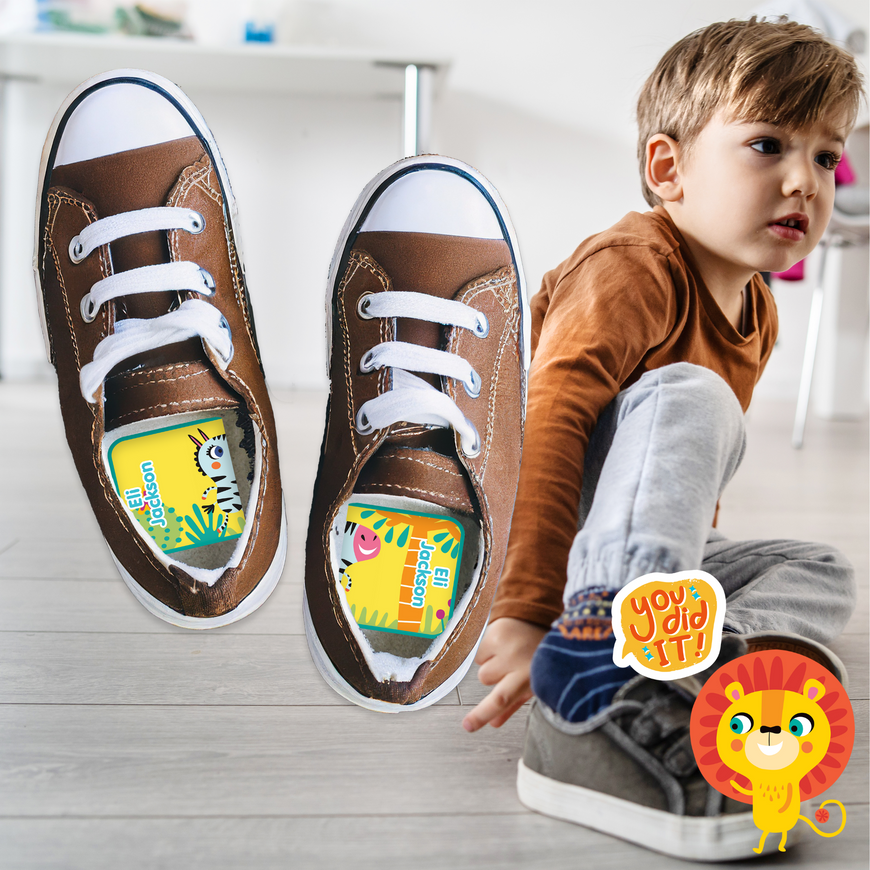Mastering left and right can be a perplexing challenge for kids. Whether it's tying shoes, following directions, or participating in sports, understanding the concept of left and right is essential. Teaching children to differentiate between their left and right hands and feet might seem daunting, but with a bit of creativity and patience, it can become an engaging and enjoyable learning experience. Here are some fun methods to help kids grasp the concept of left and right:
1. Storytelling Adventures
Narrative Exploration: Create imaginative stories where characters embark on adventures involving left and right directions. Encourage kids to mimic the actions of the characters, emphasizing the use of left and right hands or feet.
Interactive Tales: Use props or drawings to enhance storytelling. For instance, draw a map with directions like "turn left at the big tree" or "jump with your right foot on the stepping stone."
2. Body Awareness Games
Simon Says: This classic game is perfect for reinforcing left and right concepts. Give commands such as "Simon says touch your left elbow" or "Simon says hop on your right foot." Kids will have a blast while honing their coordination skills.
Dance Parties: Crank up the music and encourage kids to mirror their movements. Incorporate simple dance routines that involve moving specific limbs, and highlighting left and right movements.
3. Visual Aids and Props
Coded Cues for Shoes: An innovative approach to helping kids distinguish between their left and right feet is by utilizing stickers placed inside their shoes. With our personalized Teaching MatchUP Shoe Labels, we've simplified this process into a fun and engaging activity. Our unique designs transform the task of determining left and right into an enjoyable puzzle game. By incorporating playful visuals and clear labeling, our shoe labels not only assist children in mastering this essential concept but also turn it into a delightful adventure.
Customize with their name, optional phone number, or "Left" and "Right".
4. Outdoor Exploration
Nature Scavenger Hunts: Organize scavenger hunts where kids search for objects using directional clues. Include instructions like "find a rock to your right" or "walk left until you spot a flower."
Obstacle Courses: Set up obstacle courses that require navigating left and right turns. Incorporate fun challenges like zigzagging through cones or hopping over hurdles.
5. Tech-Assisted Learning
Educational Apps: Explore interactive apps designed to teach left and right concepts through games and puzzles. These apps often feature colorful visuals and engaging activities to capture children's attention.
Online Videos: Watch educational videos or songs that focus on left and right. Many online platforms offer catchy tunes and animations that reinforce directional learning in a captivating way.
6. Everyday Applications
Daily Routines: Integrate left and right concepts into everyday activities like getting dressed or setting the table. Prompt kids to identify which hand they use to hold a spoon or which foot they use to step into their shoes.
Role Modeling: Be a role model by consistently using directional language in your interactions with children. Point out left and right references in the environment and encourage kids to do the same.
Conclusion
Teaching kids to differentiate between their left and right hands and feet doesn't have to be a daunting task. By incorporating interactive games, storytelling, visual aids, and real-world applications, parents and educators can make learning this fundamental concept a fun and engaging experience. Remember to be patient and supportive, allowing children to learn at their own pace while fostering their confidence and coordination skills. With these creative methods, children will soon be confidently navigating the world around them with ease.


